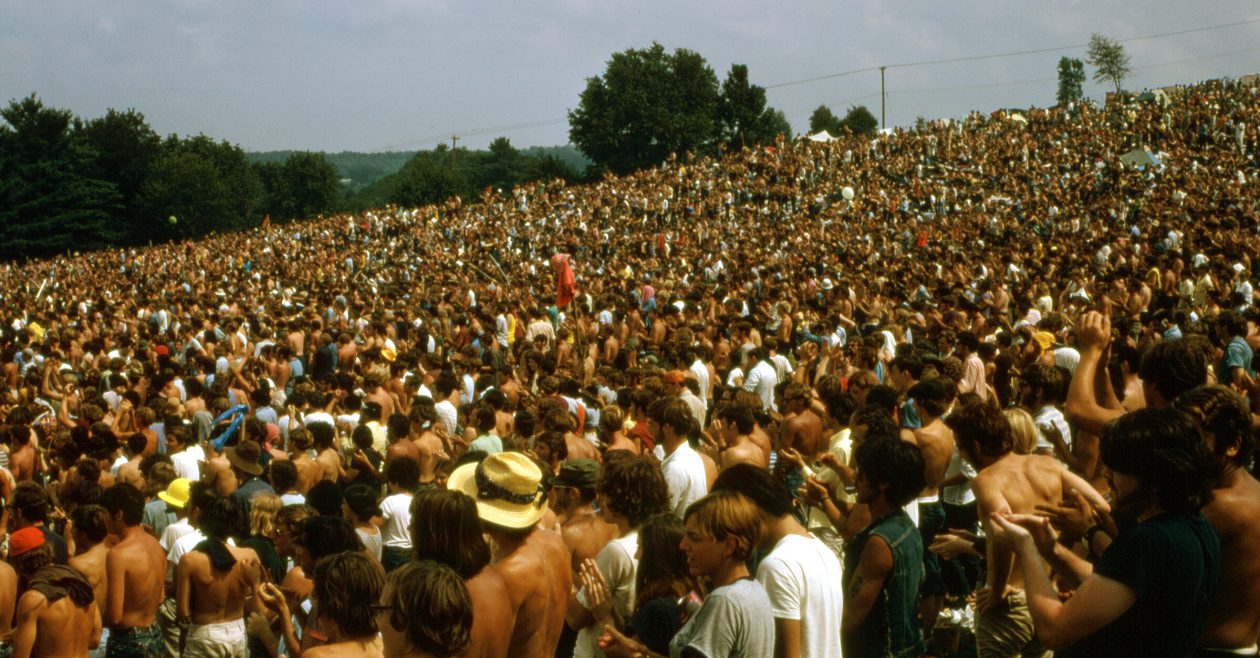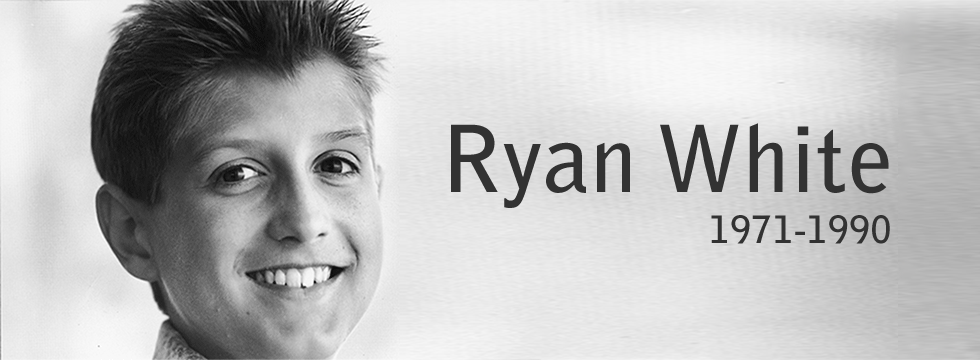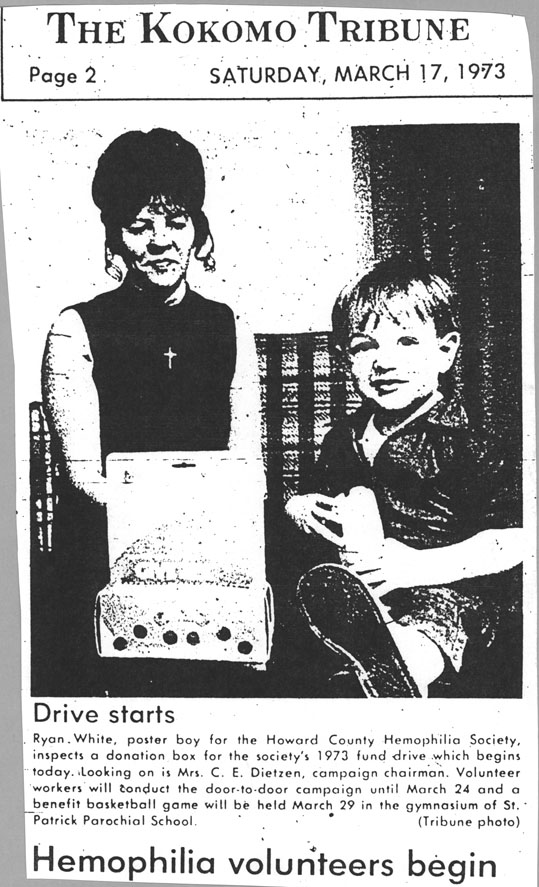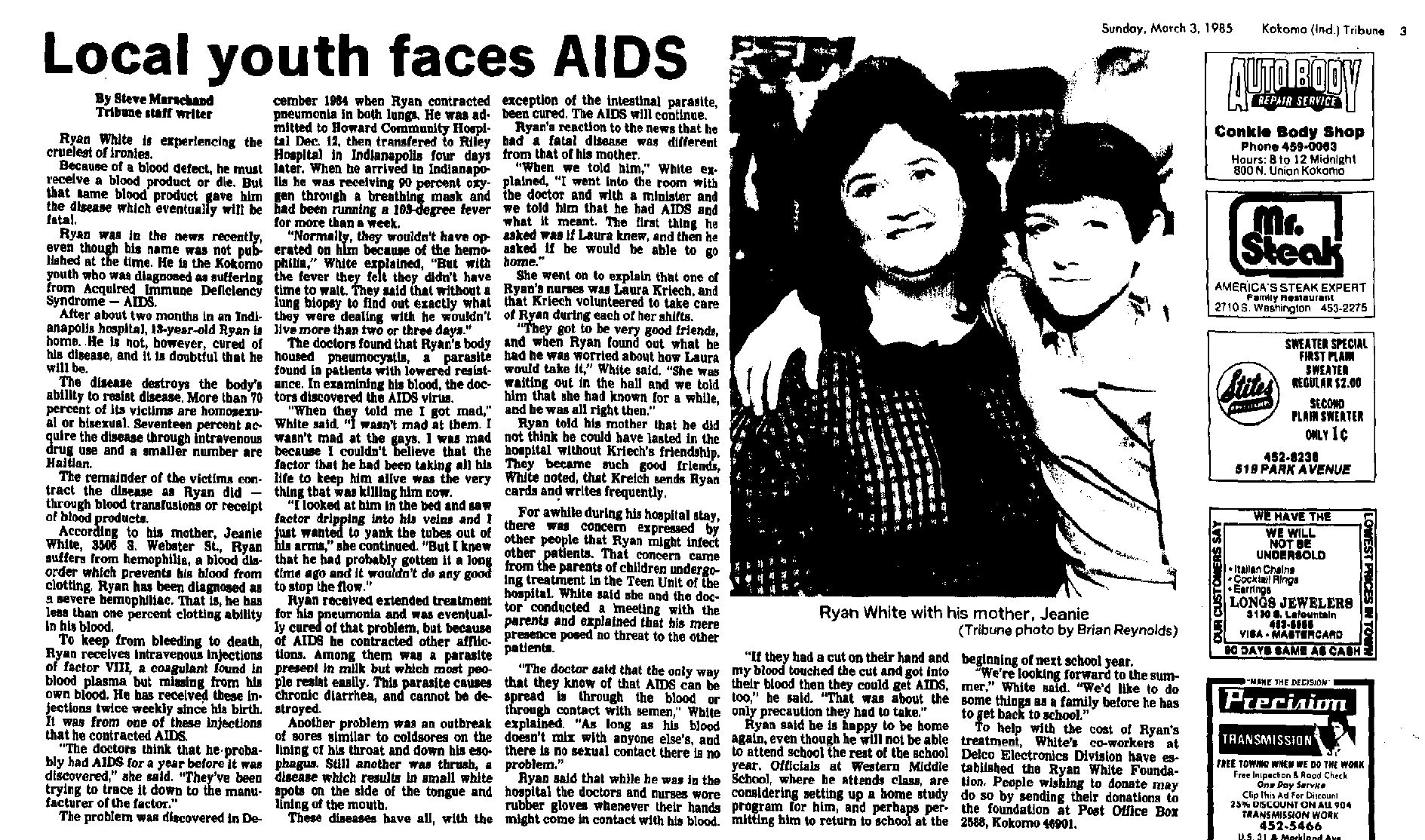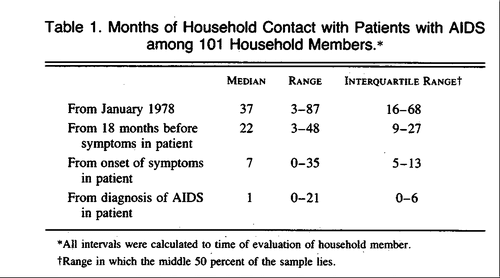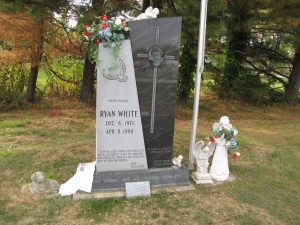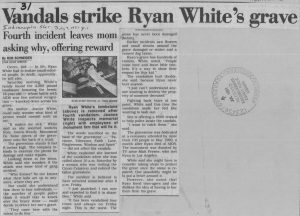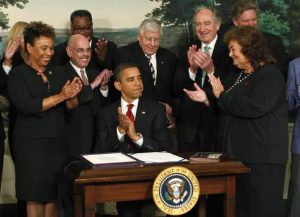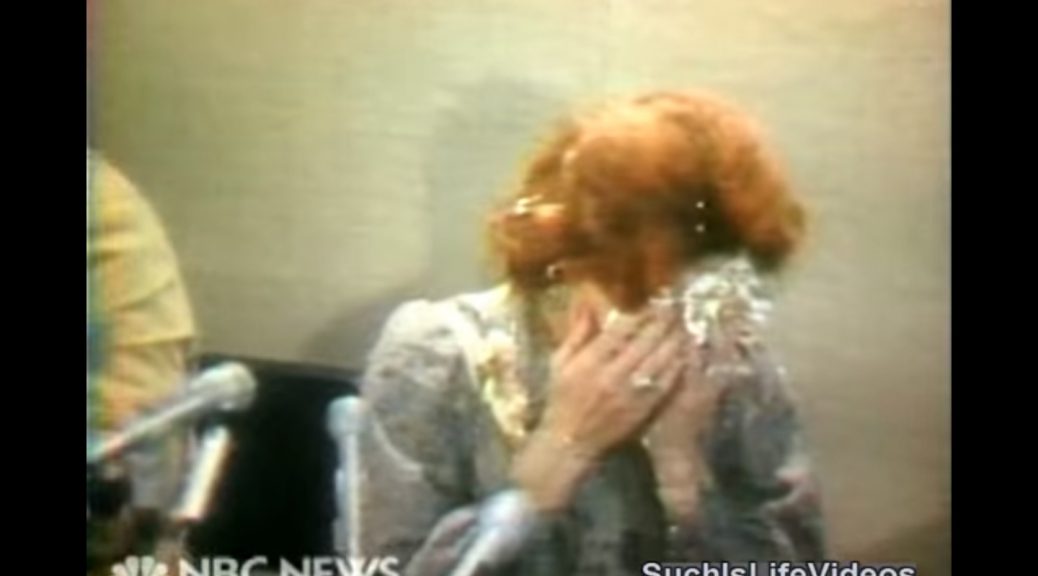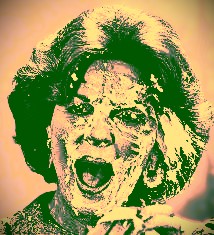Remembering Ryan White
AIDS
Whatever the decade, whatever the century, the media provide us with what they think we are interested in, with what we buy, and tell us what we should be interested in.
AIDS was first clinically observed in 1981 in the United States. The medical community noted it in intravenous drug uses and gay men.
That being the case, it was easy for a society marked by homophobia to discount the illness’s fatal effects or describe it as divine retribution.
We ignored AIDS; so did most media.
Remembering Ryan White
Ryan White
Ryan White was born on December 9, 1971, at St. Joseph Memorial Hospital in Kokomo, Indiana to Jeanne Elaine Hale and Hubert Wayne White. When he was 3 days old, doctors diagnosed White with severe Hemophilia A.
For treatment, he received weekly infusions of Factor VIII, a blood product created from pooled plasma of non-hemophiliacs, an common treatment for hemophiliacs at the time
Remembering Ryan White
13 Years Later
In late 1984, Ryan White came down with pneumonia and on December 17 during a lung biopsy procedure, doctors diagnosed him with AIDS. His prognosis was he had six months to live. He remained home for the rest of that school year.
Meanwhile research into the disease continued. On March 2, 1985, the federal government approved a screening test for AIDS that detected antibodies to the virus, allowing possibly contaminated blood to be excluded from the blood supply. (NYT article)
Remembering Ryan White
Kept out of school
Despite feeling strong enough to return to school, on June 30, 1985 Western School Corporation Superintendent James O. Smith, denied White admittance. Smith said it was for everyone else’s own protection. Whites’ parents challenged the decision.
On the first day of school, August 26, 1985, Ryan listened to his classes via telephone. 117 parents (from a school of 360 total students) and 50 teachers signed a petition encouraging school leaders to ban White from school. On October 2 the school principal upheld the decision to keep White out of school, but on November 25, the Indiana Department of Education (DOE) ruled that the district must admit him.
The school board voted 7–0 to appeal Indiana Department of Education ruling. (December 17), but on February 6, 1986 the Indiana DOE again ruled White can attend school.
Remembering Ryan White
Ignore scientific evidence
Much evidence supported the DOE’s decision. That month the New England Journal of Medicine published a study of 101 people who had spent three months living in close but non-sexual contact with people with AIDS. The study concluded that the risk of infection was “minimal to nonexistent,” even when contact included sharing toothbrushes, razors, clothing, combs and drinking glasses; sleeping in the same bed; and hugging and kissing.
On February 13, 1986 the Howard County health officer determined White was fit for school (NYT article); on February 19 Howard County judge refused to issue an injunction against White and on February 21, 1986 he returned to school. A different judge granted a restraining order that afternoon to again bar him. (NYT article)
Remembering Ryan White
Continued opposition
In March 1986 White’s opponents held an auction in the school gymnasium to raise money to keep White out.
On April 9, 1986: White’s case was presented in U.S. Circuit Court and the next day Judge Jack R. O’Neill dissolved the February 21 restraining order. (NYT article)
White returned to school. Again.
When White was finally readmitted, a group of families withdrew their children and started an alternative school. Threats of violence and lawsuits persisted. According to White’s mother, people on the street would often yell, “we know you’re queer” at Ryan.
Before the next school year began, on July 18, 1986, the Indiana Court of Appeals declined to hear any further appeals in the White case.
Remembering Ryan White
Harrased
White attended Western Middle School for eighth grade for the entire 1986–87 school year, but was deeply unhappy and had few friends. In 1988 White would speak before President Reagan’s AIDS Commission. At it he would state:
Even though we knew AIDS was not spread through casual contact. Nevertheless, parents of twenty students started their own school. They were still not convinced. Because of the lack of education on AIDS, discrimination, fear, panic, and lies surrounded me:
I was labeled a troublemaker, my mom an unfit mother, and I was not welcome anywhere. People would get up and leave so they would not have to sit anywhere near me. Even at church, people would not shake my hand. (entire text) |
Threats continued. After someone fired a bullet through the Whites’ living room window, the family decided to move.
By this time the story had become an international one. Elton John loaned $16,500 to put toward a down payment on a new home in Cicero, Indiana.
Remembering Ryan White
Cicero
On August 31, 1987 White enrolled at Hamilton Heights High School, Cicero, Indiana. The school principal Tony Cook, school system superintendent Bob G. Carnal, and students who had been educated about AIDS greeted him and shook his hand. (NYT article)
He drove to school in a red Mustang convertible, a gift from Michael Jackson.
On March 29, 1990. spring of his senior year, White entered Riley Hospital for Children in Indianapolis with a respiratory infection and on April 8, 1990 White died. (2016 PBS article on White)
Remembering Ryan White
Funeral
On April 11, over 1,500 people attended White’s funeral at the Second Presbyterian Church on in Indianapolis. White’s pallbearers included Elton John, Howie Long and Phil Donahue. Elton John performed “Skyline Pigeon” at the funeral. Also attending was Michael Jackson and First Lady Barbara Bush. On the day of the funeral, former President Ronald Reagan wrote a tribute to White that appeared in The Washington Post. In part Reagan said:
| “We owe it to Ryan to make sure that the fear and ignorance that chased him from his home and his school will be eliminated. We owe it to Ryan to open our hearts and our minds to those with AIDS. We owe it to Ryan to be compassionate, caring and tolerant toward those with AIDS, their families and friends. It’s the disease that’s frightening, not the people who have it.” [Full text] |
Remembering Ryan White
Gravesite
His family buried him in Cicero.
In the year following his death, his grave was vandalized on four occasions.
Remembering Ryan White
Legacy
Rather than accept repayment Sir Elton placed the repaid money into a college fund for Ryan’s sister.
On August 18, 1990 President George Bush signed the Ryan White Care Act, a federally funded program for people living with AIDS.
On May 20, 1996 Congress reauthorized the Ryan White CARE Act.
On October 30, 2009 President Obama signed The Ryan White HIV/AIDS Treatment Extension Act of 2009. Obama announced plans to remove a ban on travel and immigration to the U.S. by individuals with HIV. Obama called the 22-year ban a decision “rooted in fear rather than fact.”
For complete information about the Ryan White CARES Act visit: Ryan White Cares Act.
Remembering Ryan White
Controversy Continues
As governor of Indiana, current Vice President Mike Pense, hesitated in his support of the Ryan White Cares Act unless the disproved homophobic “conversion therapy” was integral to the program:
| Congress should support the reauthorization of the Ryan White Care Act only after completion of an audit to ensure that federal dollars were no longer being given to organizations that celebrate and encourage the types of behaviors that facilitate the spreading of the HIV virus. Resources should be directed toward those institutions which provide assistance to those seeking to change their sexual behavior. |
Remembering Ryan White
Ryan White HIV/AIDS Program
October 11, 2018: the U.S. Department of Health and Human Services announced that approximately $2.34 billion in Ryan White HIV/AIDS Program grants were awarded to cities, counties, states, and local community-based organizations in fiscal year (FY) 2018.
This funding through the Health Resources and Services Administration (HRSA) supports a comprehensive system of HIV primary medical care, medication, and essential support services to more than half a million people living with HIV in the United States.
